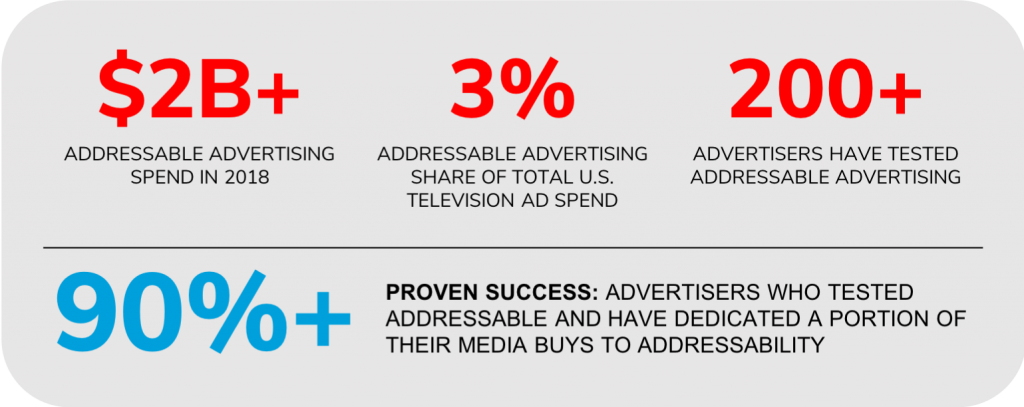Impact of Alternate Delivery Systems on Addressable Television
One definition of chaos is “complete disorder and confusion.” The origin of the word is pretty interesting: It comes from the Greek for “cha” (open) and “os” (mouth) – in other words, someone’s facial expression when witnessing complete disorder and confusion. There are a lot of open mouths in agency planning departments these days as television viewership, once so boringly predictable, seems to have gone totally off the rails. If you’re a planner you’re dealing with decreased overall viewership, shifts from broadcast networks to cable, shifts from ad-supported television to commercial-free television, and shifts from traditional MVPDs (cable, satellite, telcos) to Internet-based delivery systems or Over The Top (OTT).
Commercial television has been important to so many consumer-facing businesses that its rapid destabilization has caused great concern in the marketing community. The flight of television dollars to other, more predictable media has been impressive – though not if you’re in the business of selling television advertising time. Some advertisers have moved as much as three quarters of their television dollars to online advertising, product promotions, sponsorships and other so-called “below the line” techniques that are seen as more stable and accountable than commercial television. One thing that has remained stable is the number of network television advertisers – that figure hasn’t deviated much hovering at about one thousand.
The picture is clearer if we divide the “eyeball flight” into two types: First, commercial-free subscription services such as Netflix, Amazon, and Hulu. It seems like every week brings a new blockbuster du jour, another “must see” series on Netflix, HBO, Amazon or others. For now these eyeballs are lost to advertisers (there are rumors that Netflix will soon come out with a commercialized version). The second type is made up of those who choose to watch television from traditional sources but on alternate devices. Technology allows viewers to watch television whenever and wherever they want – literally TV Everywhere. Here, the picture for advertisers is brighter.
Developing technology will soon allow advertisers to find their target audiences in whatever time/space combination that viewers choose. Some level of targeting is possible even for anonymous viewers. Targeting authenticated or registered viewers across multiple devises (think iPads, smart TVs, smart phones) is even more powerful.
The media planner of the (near) future will have access to a dashboard consisting of every possible way of reaching their target audience. That planner will be able to find that viewer regardless of what content they’re watching and what technology platform they’re watching it on. This cross-platform planning dashboard will be able to aggregate audience delivery, cap frequency across delivery platforms and provide real-time audience delivery figures. As technology evolves further, real-time attribution systems will drive continuous campaign optimization with little to no user intervention. Advertising campaigns will reach their theoretical best in a much shorter time than today. And with the normalization of data across distributors, networks, and OTT providers, the campaigns can be planned and launched in minutes instead of weeks.
Yes, this sounds like pie in the sky. But there’s nothing standing in the way of it becoming reality. All it will take is some engineering attention and the recognition on the part of programmers and distributors that this benefits everyone – especially advertisers who are, after all, the ones with the money.
Written by Michael Kubin, EVP Media



